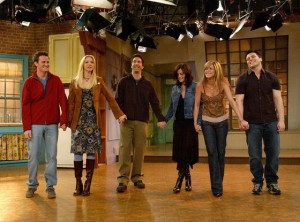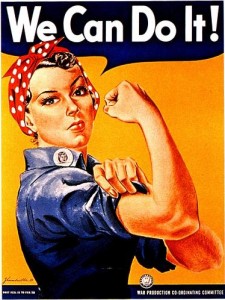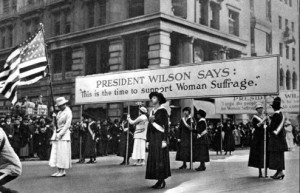If anyone remembers watching shows such as Full House, Friends, Boy Meets World, or Rugrats, it is clear that the 90’s was an era of fashion that like eras before it, changed things up fashion-wise! The 90’s not only did its own thing in regards to fashion, but it also incorporated previous fashion trends as well.
The 90s era was absolutely notorious for its “grunge fashion”. The “grunge fashion” was a mixed of left over punk rock and some metal fashion. The people who sported this grunge look did not really have aims at popularity or to look like a pop icon (quite the contrary music-wise). This look was very independent and very under the radar of popular culture. This look incorporated a lot of plaid as well as a lot of denim. Sometimes you could see high-wasted jeans on women but they could also be seen wearing normal cut jeans as well. In the typical grunge look there is always a plain t-shirt underneath of an oversized plaid button-up. Hair was left very natural (no one did the extreme hair straightening back then) and makeup was kept to a minimum. As far as footwear was concerned, people could often be seen sporting sneakers or low black boots.
Some of the style icons (and models) of this time included Naomi Campbell and Tyra Banks– two names that our population is still accustomed to hearing about today.
Finally, I will end with some suggestions for the girls for what to wear to Thanksgiving 2013. If you are planning on having a more laid-back, small dinner with just family I would go with a longer sweater, some leggings, a pair of riding boots, and some simple accessories. This outfit will be perfect and forgiving after everyone indulges in their Thanksgiving meal. If your Thanksgiving dinner is going to be a little bit larger and you are trying to dress to impress a little bit more, I would definitely try going for a looser-fitting (yet still flattering dress), tights, riding boots or heeled booties, and some accessories such as simple earrings paired with a watch or a few bracelets. Both of these outfits will definitely make an impression on family or friends, while still allowing you to feel comfortable post meal!
Happy Turkey Day everyone!
*I will be continuing fashion posts in the next semester so this not my last post*











